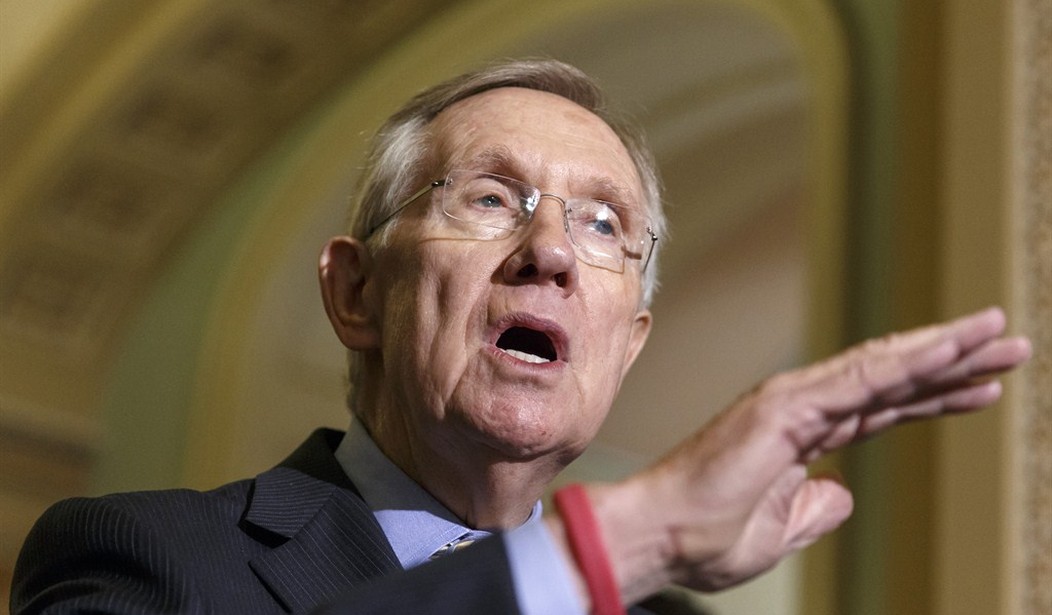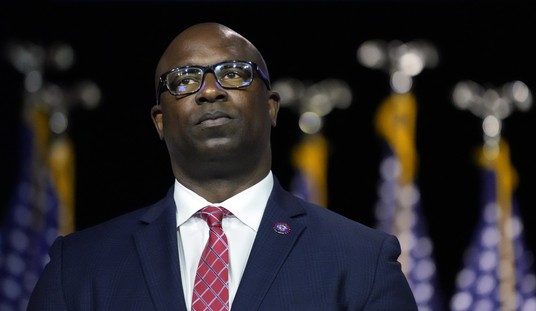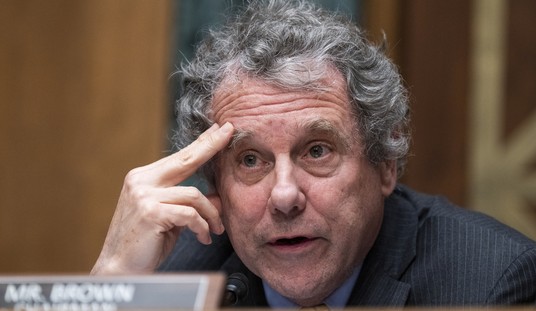As Democrats continue to lick their wounds from the beating they took on Nov. 4, many liberals are shocked, appalled, and depressed. Yet, they are hopeful that 2016 will present opportunities to retake the majority, but a lot of uncertainty remains. For starters, we have two years until the next election; that’s an eternity in politics. But, for now, the field doesn’t look terribly bad for Republicans. At the same time, we could see Kay Hagan and Mary Landrieu, who appears to be heading for defeat in the Louisiana runoff, return to Washington (via Politico):
The GOP has a bigger cushion than expected for its new majority, probably 54 seats. More veteran senators may stick around to preserve safe seats. And some vulnerable incumbents will have committee chairmanships that could pump up their profiles.…
The most vulnerable Democrats this year were up in very red states; the most endangered Republicans in 2016 will, with the exception of Illinois, be defending seats in purple terrain.
…
Democrats are already eyeing several 2014 losers — or likely losers — to give it another go in 2016. Among them are [sic] Sen. Kay Hagan (D-N.C.) to challenge Republican Sen. Richard Burr, or Louisiana Sen. Mary Landrieu to run for Republican David Vitter’s Senate seat should he be elected governor.
So far, Wisconsin, Pennsylvania, North Carolina, Colorado, Illinois, Nevada, New Hampshire, Florida, Ohio, and Arizona are pegged as the most competitive for the 2016 cycle.
One state that could be a loss for Republicans in 2016 is Pennsylvania. Republican Sen. Pat Toomey is unpopular–and in a presidential year; Democratic turnout in Philadelphia and Pittsburgh could–like most GOP candidates statewide–sink him. He needs to hold the line in the collar counties around Philadelphia–Delaware, Montgomery, and Bucks–in order to survive, especially in Bucks County, which he won in 2010. His 2010 rival, former Democratic Congressman Joe Sestak, has signaled his intentions to run against Toomey again.
Recommended
Yet, Harry Reid could possibly be shown the exit by the incredibly popular Nevada Gov. Brian Sandoval, who recently cruised to re-election with 70 percent of the vote.
As for the House, well, that looks like it will be in Republican hands for a very long time (via NYT):
Whatever doubts existed about the Republican grip on the House should now be gone.By picking up at least a dozen House seats in the elections last Tuesday, the Republicans cemented a nearly unassailable majority that could last for a generation, or as long as today’s political divides between North and South, urban and rural, young and old, and white and nonwhite endure.
Democrats might well reclaim the Senate and hold the presidency in 2016. But any Democratic hopes of enacting progressive policies on issues like climate change and inequality will face the reality of a House dominated by conservative Republicans. The odds that the Republicans will hold the Senate and seize the presidency are better than the odds that Democrats will win the House, giving the Republicans a better chance than Democrats of enacting their agenda.
After all of the remaining races are resolved, the G.O.P. will finish with about 249 seats. The Democrats would need to flip 32 seats to reclaim the chamber, but just 10 Republicans hail from districts with a Democratic Cook partisan voting index, a statistic to measure how far a congressional district leans toward the Republican or Democratic Party, compared with the national average. Because so many Republicans represent conservative districts, the G.O.P. might even retain the House in a “wave” election, like the ones that swept Democrats to power in 2006 and brought Republicans back to power in 2010.
BUT, we have to remember that nothing is permanent in American society; Democrats dominated the House for over four decades before the 1994 Republican wave left them in the minority. All things come to an end, so Republicans better not blow it.
As for the Senate races, things could get interesting if Republicans nominate a solid candidate for president.

























Join the conversation as a VIP Member